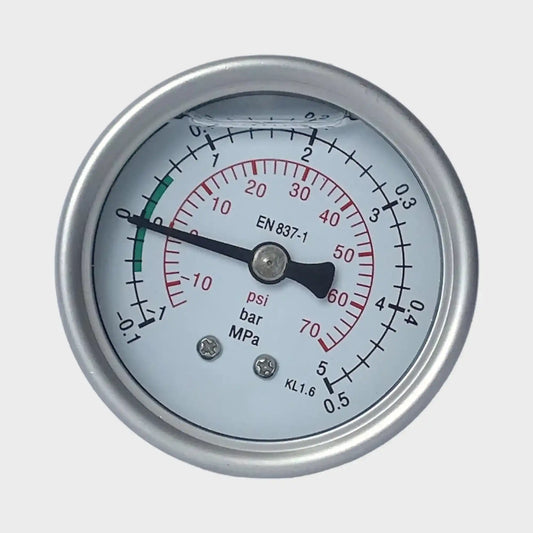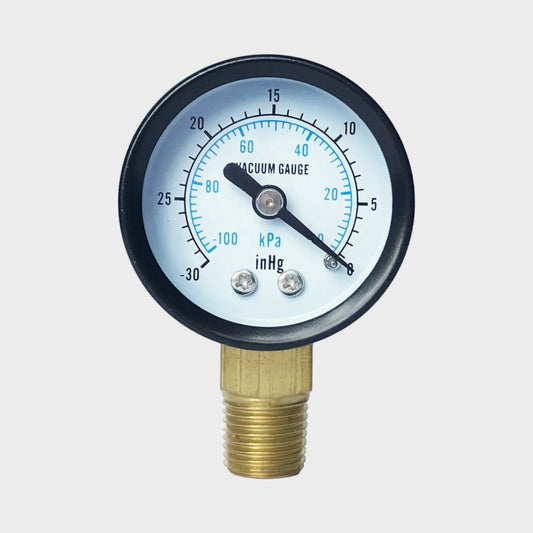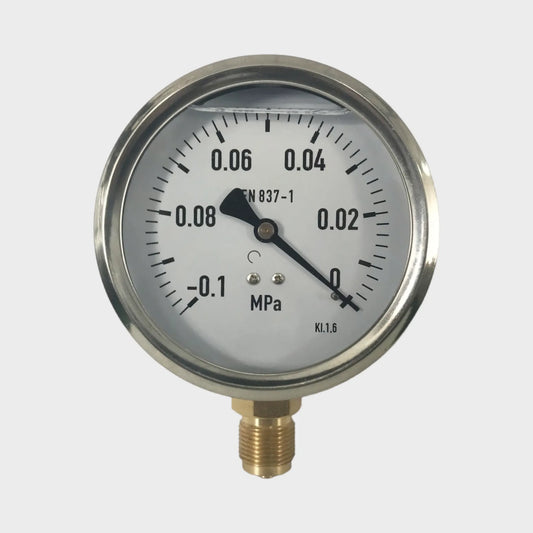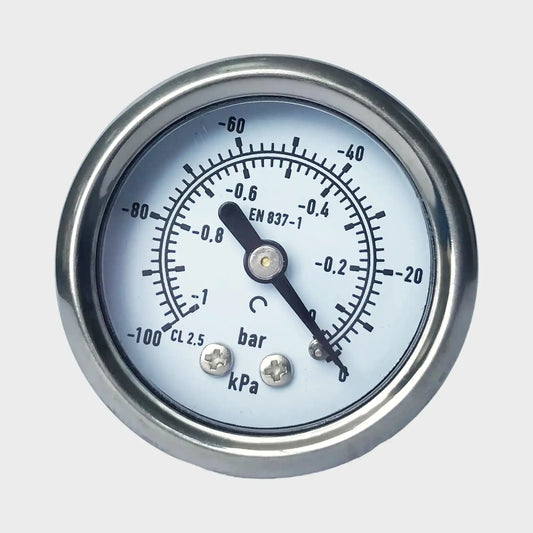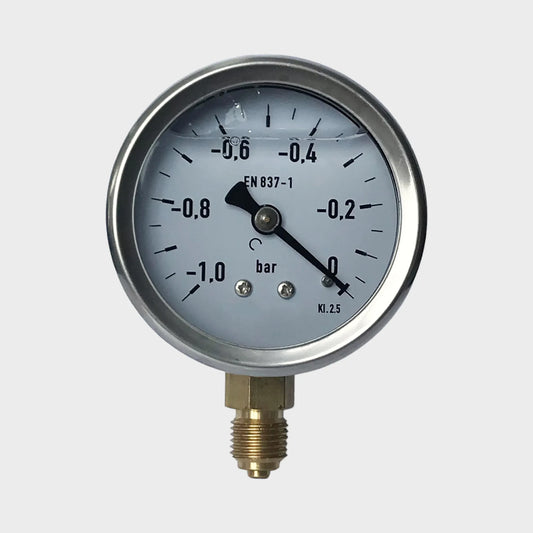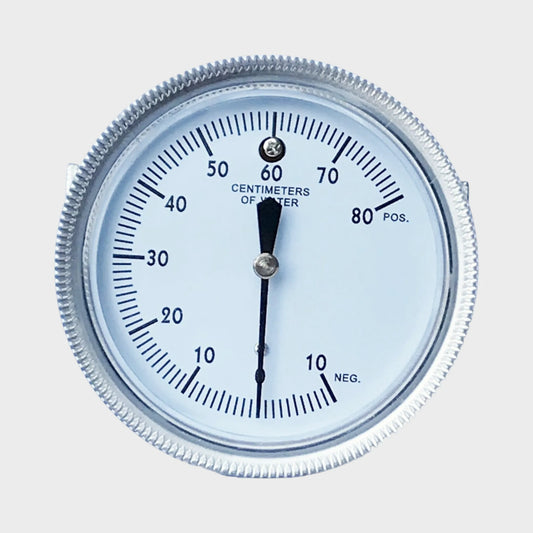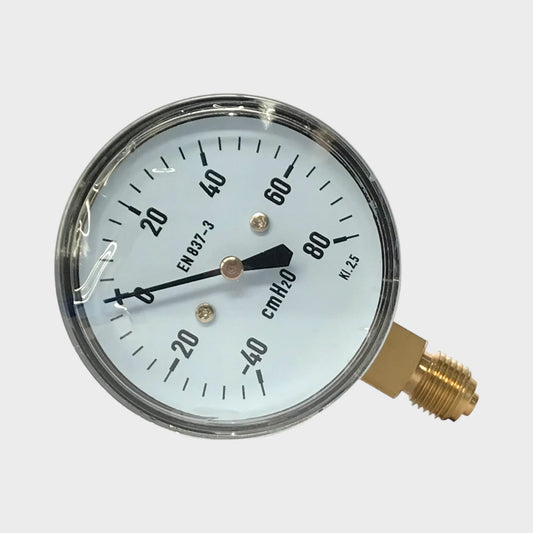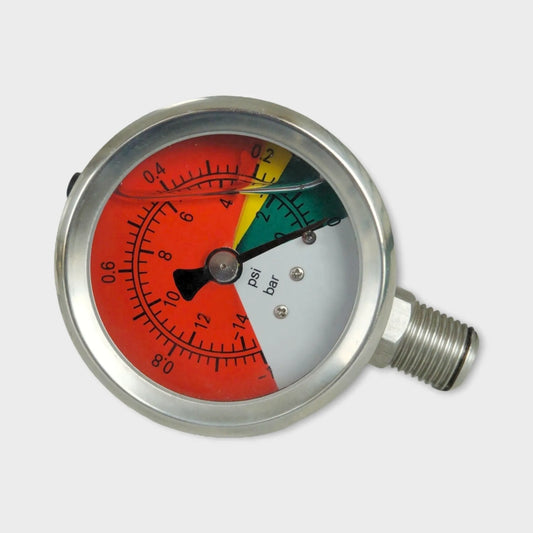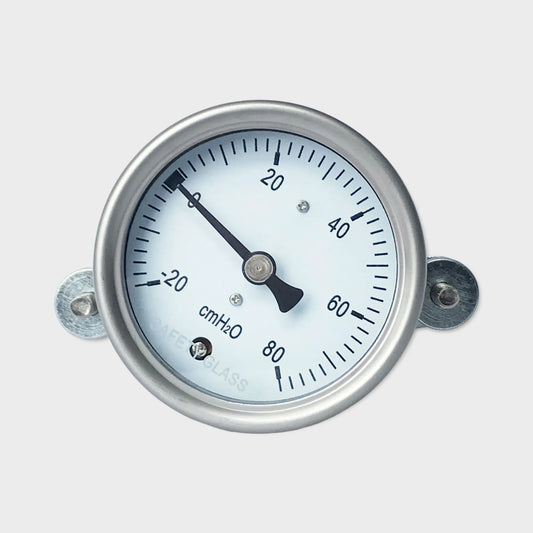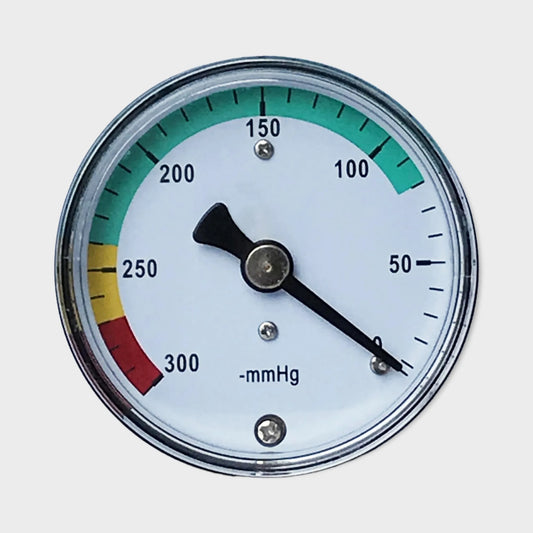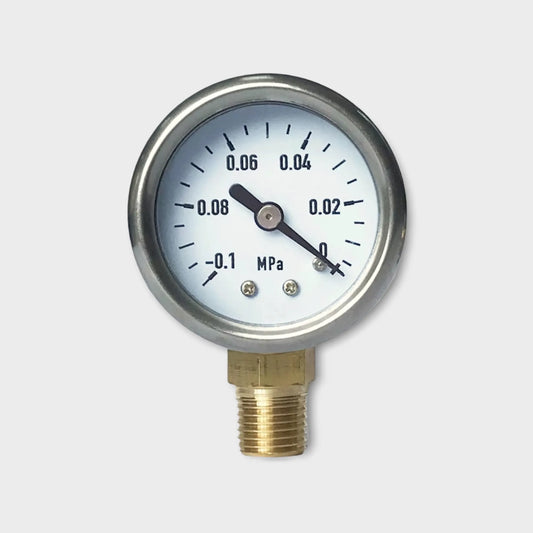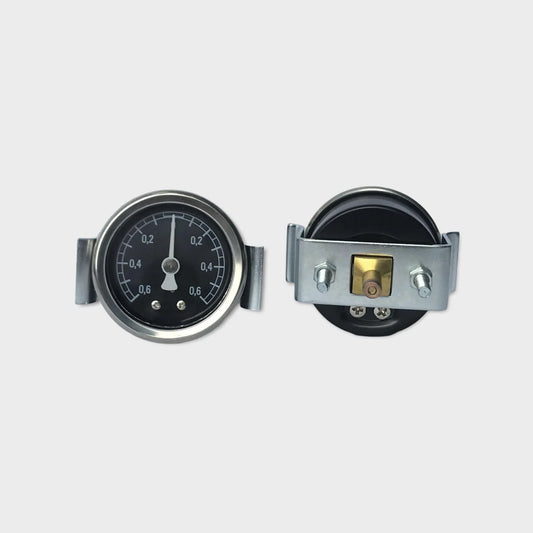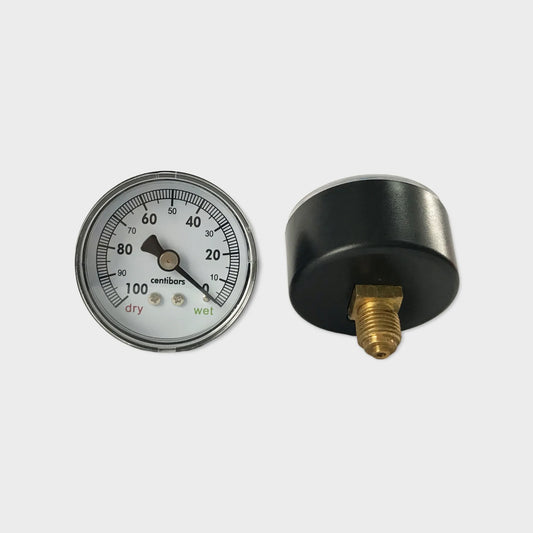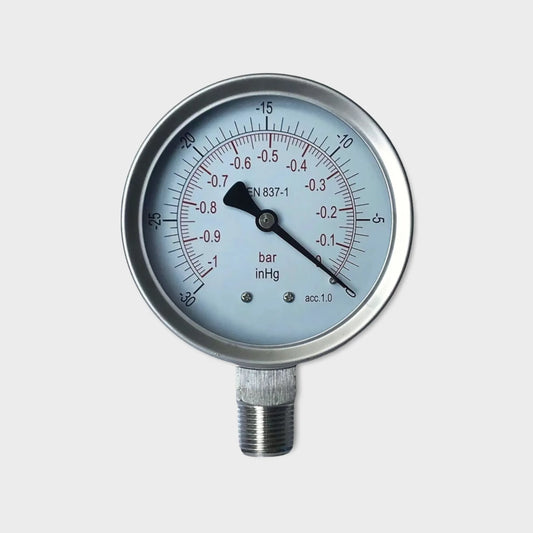A vacuum pressure gauge is a type of pressure measuring instrument designed to measure pressures below atmospheric pressure, commonly referred to as vacuum pressures. Vacuum pressures are pressures that are lower than the ambient atmospheric pressure. These gauges are crucial for applications involving the measurement of pressures in vacuum systems, scientific experiments, and industrial processes where negative pressures play a significant role.
Here's a comprehensive overview of vacuum pressure gauges:
1. Measurement Range:
Vacuum manometers are specifically designed to measure pressures below atmospheric pressure. The vacuum pressure range spans from 0 pressure (perfect vacuum) up to atmospheric pressure (typically around 14.7 psi or 101.3 kPa at sea level).
2. Types of Vacuum Manometers:
There are several types of vacuum manometers, each suited to different vacuum pressure ranges and applications. Some common types include:
- Bourdon Tube Vacuum Gauge: Similar to standard manometers, these gauges use a Bourdon tube mechanism to measure vacuum pressures. The Bourdon tube contracts as the pressure decreases.
- Thermocouple Vacuum Gauge: This gauge relies on the principle that the rate of heat loss from a hot filament in a vacuum is dependent on the pressure. As the pressure decreases, the filament's temperature changes, providing pressure measurements.
- Pirani Gauge: This gauge operates based on the principle that the thermal conductivity of gases changes with pressure. It uses a heated wire exposed to the vacuum environment, and the wire's cooling rate is proportional to the pressure.
- Ionization Vacuum Manometer (Penning Gauge): This gauge ionizes gas molecules in the vacuum and measures the resulting current, which is proportional to the pressure.
- Cold Cathode (Sputter) Gauge: These gauges ionize gas molecules using cathodes and measure the resulting ion current. They are suitable for very low-pressure measurements.
3. Applications:
Vacuum pressure gauges are essential for various applications, including:
- Scientific Research: Vacuum systems are used in laboratories and research facilities for experiments involving particle physics, material sciences, and more.
- Semiconductor Manufacturing: In cleanroom environments, vacuum systems are used for manufacturing microchips and other electronic components.
- Space Simulation: Vacuum chambers are used to simulate the vacuum of outer space for testing spacecraft and equipment.
- Thin Film Deposition: In industries like optics and electronics, vacuum chambers are used to deposit thin films on substrates.
- Vacuum Packaging: In food and pharmaceutical industries, vacuum packaging extends product shelf life.
4. Considerations:
When selecting and using a vacuum pressure gauge:
- Pressure Range: Choose a gauge with an appropriate range for your vacuum level.
- Accuracy: Consider the required level of accuracy for your application.
- Gas Compatibility: Ensure the gauge is compatible with the type of gas in your vacuum system.
- Calibration: Regular calibration is essential to maintain accurate readings.
5. Units of Measurement:
Vacuum pressure is often measured in various units, including Torr, millibar (mbar), Pascal (Pa), and inches of mercury (inHg), among others.
Vacuum pressure gauges play a crucial role in various industries where vacuum conditions are needed, helping researchers, engineers, and operators maintain precise control over pressure levels in vacuum systems.

